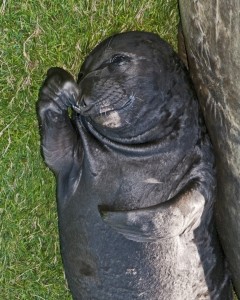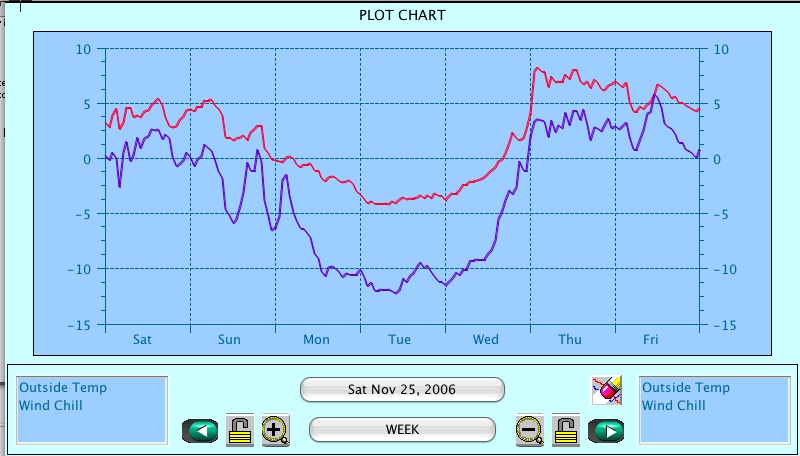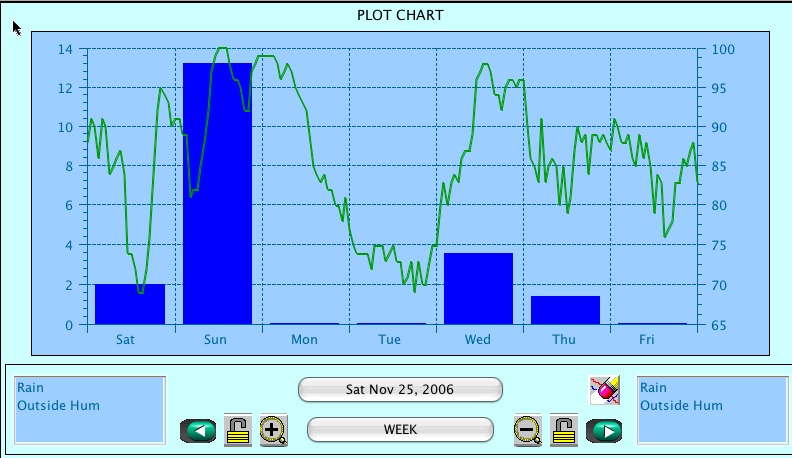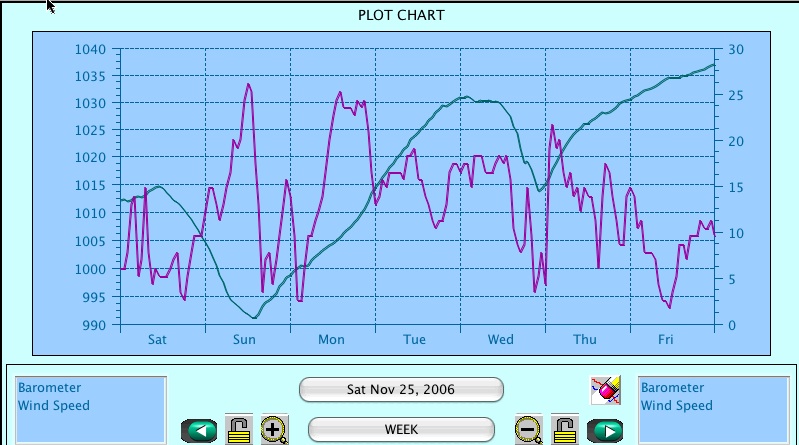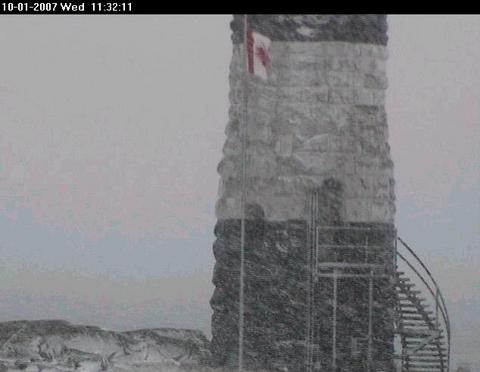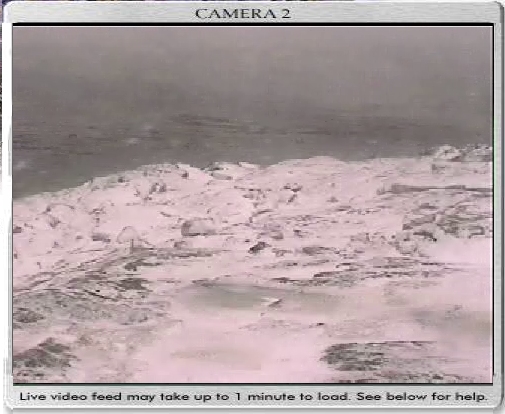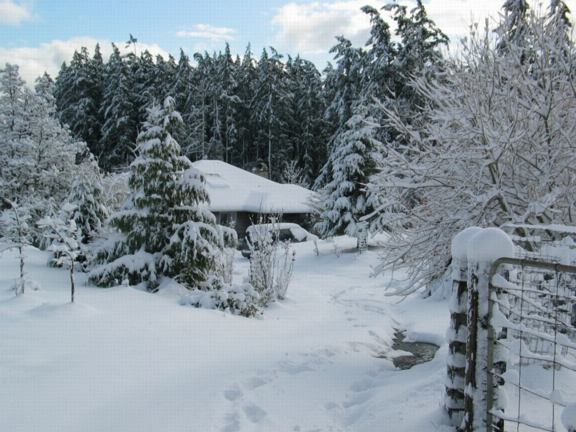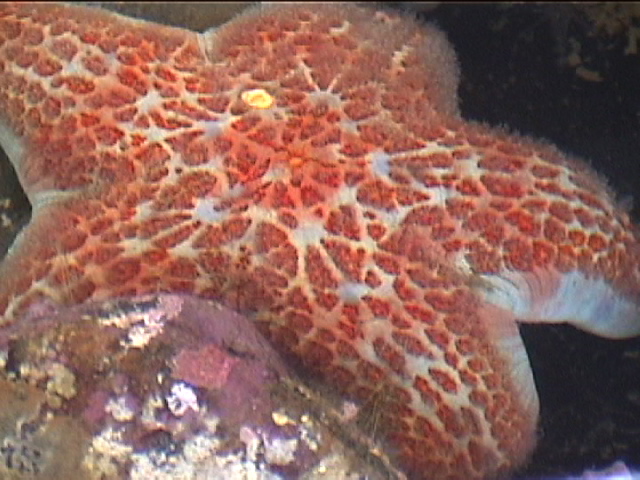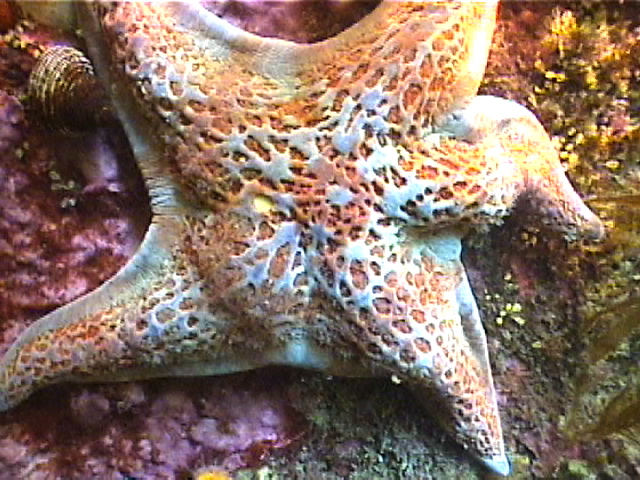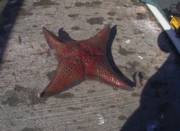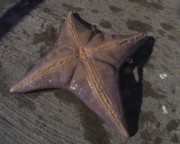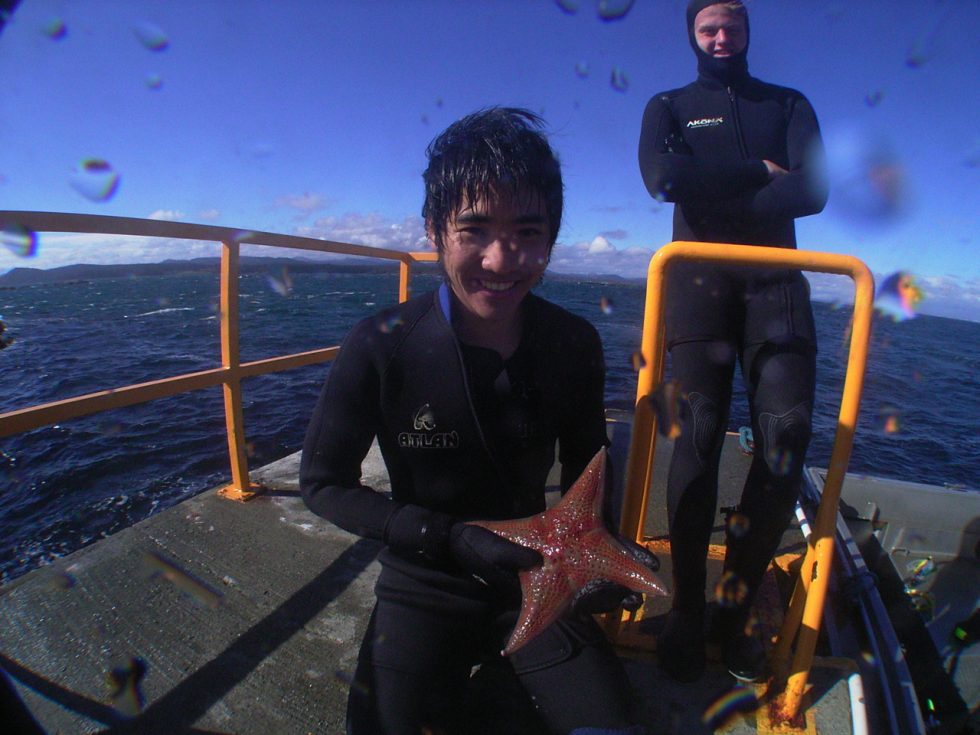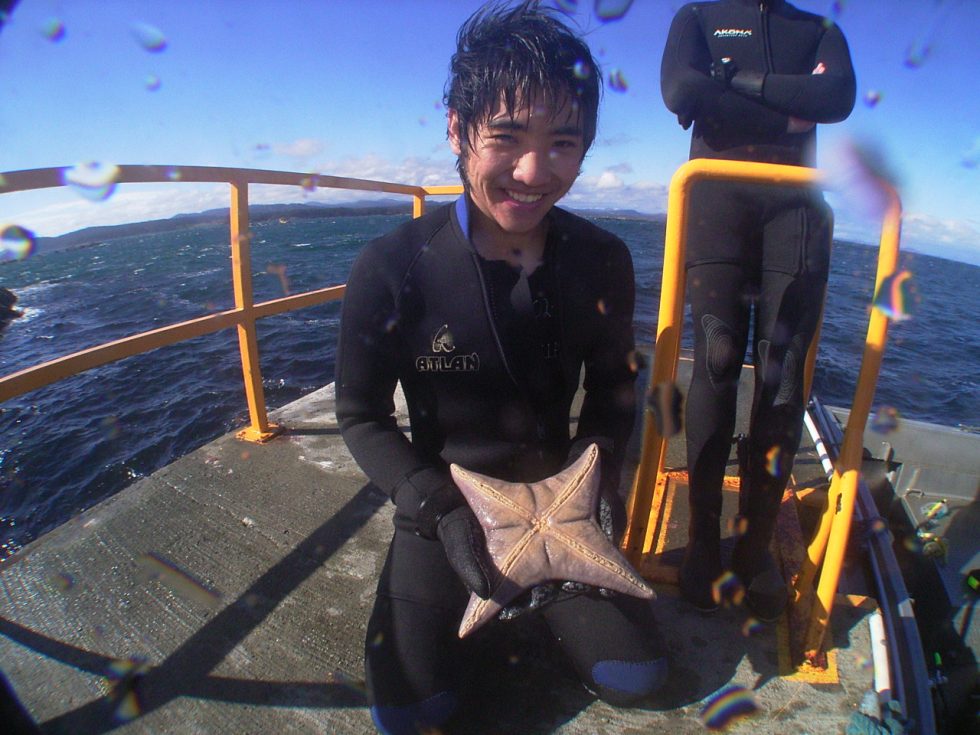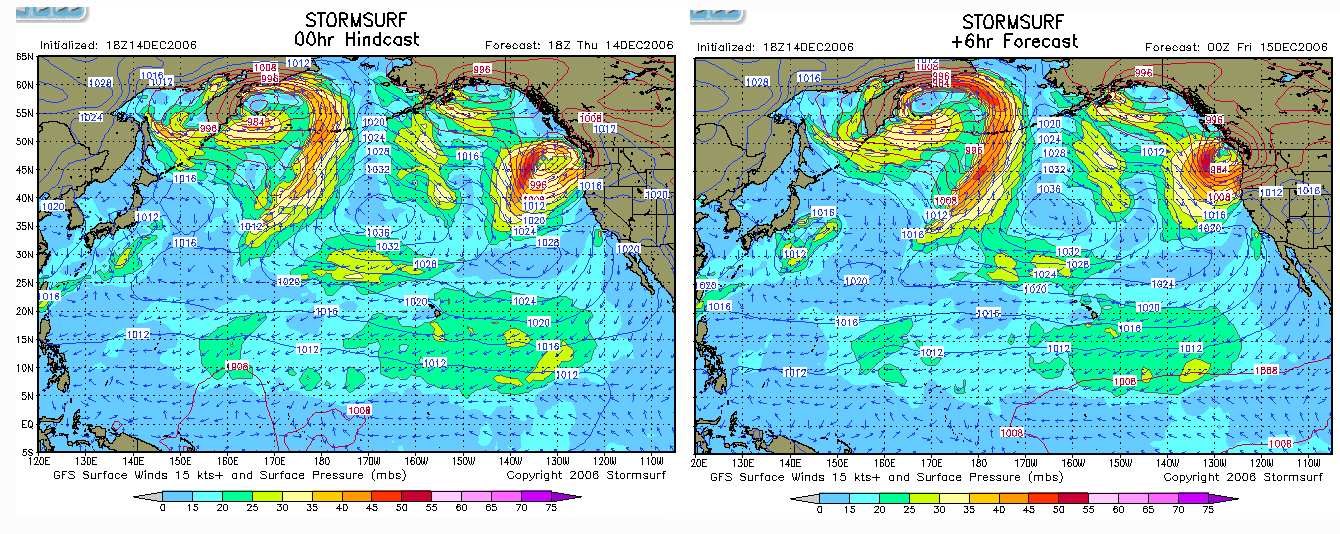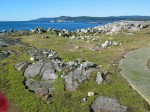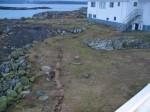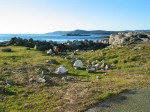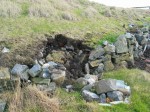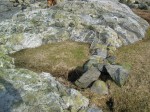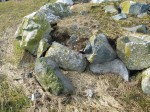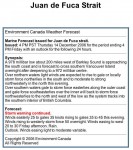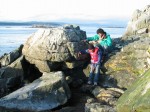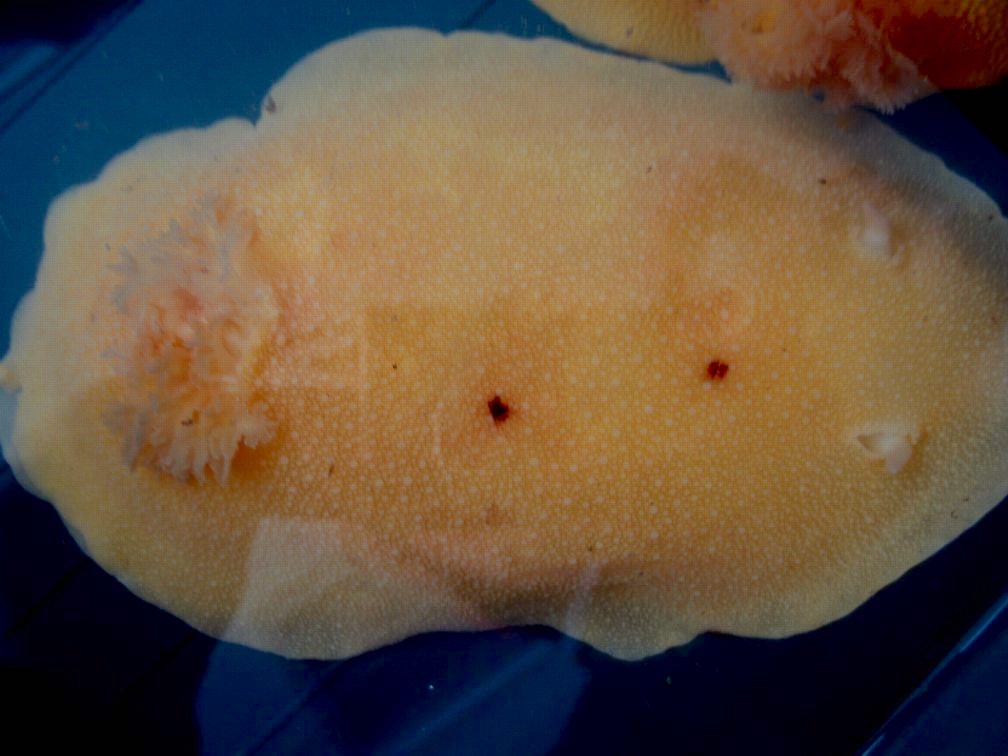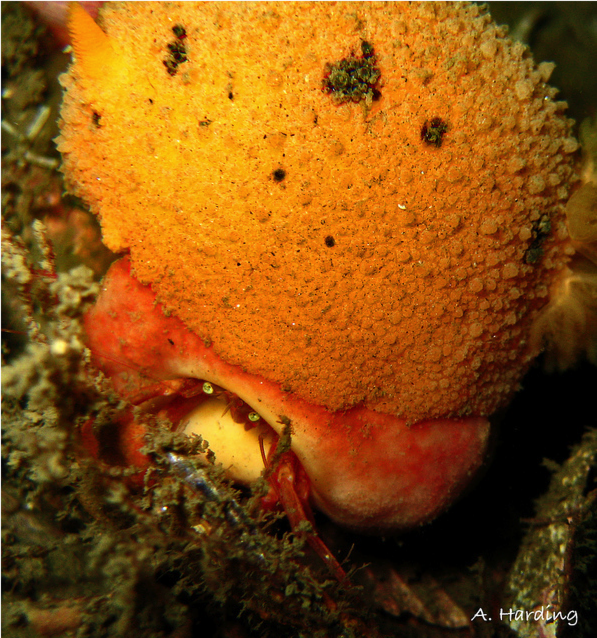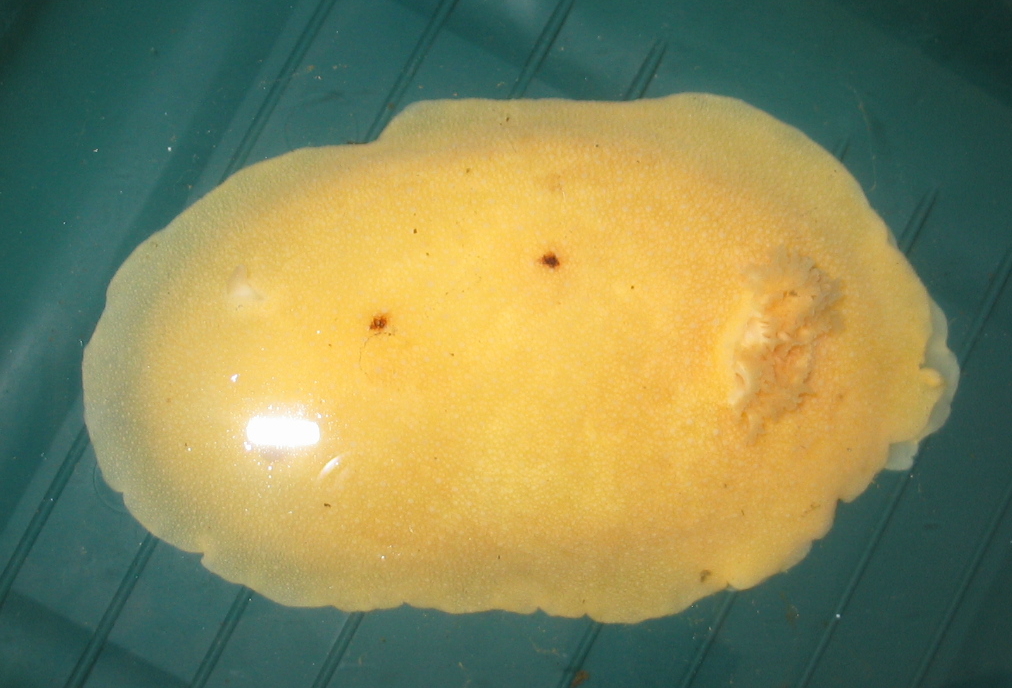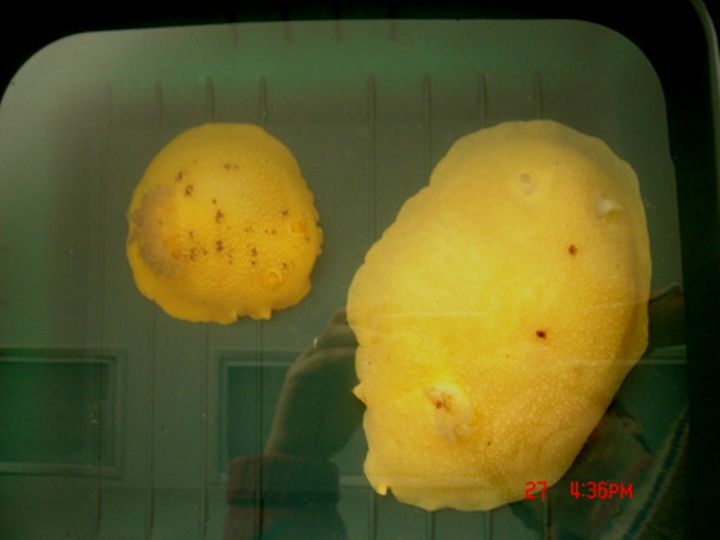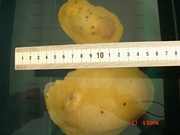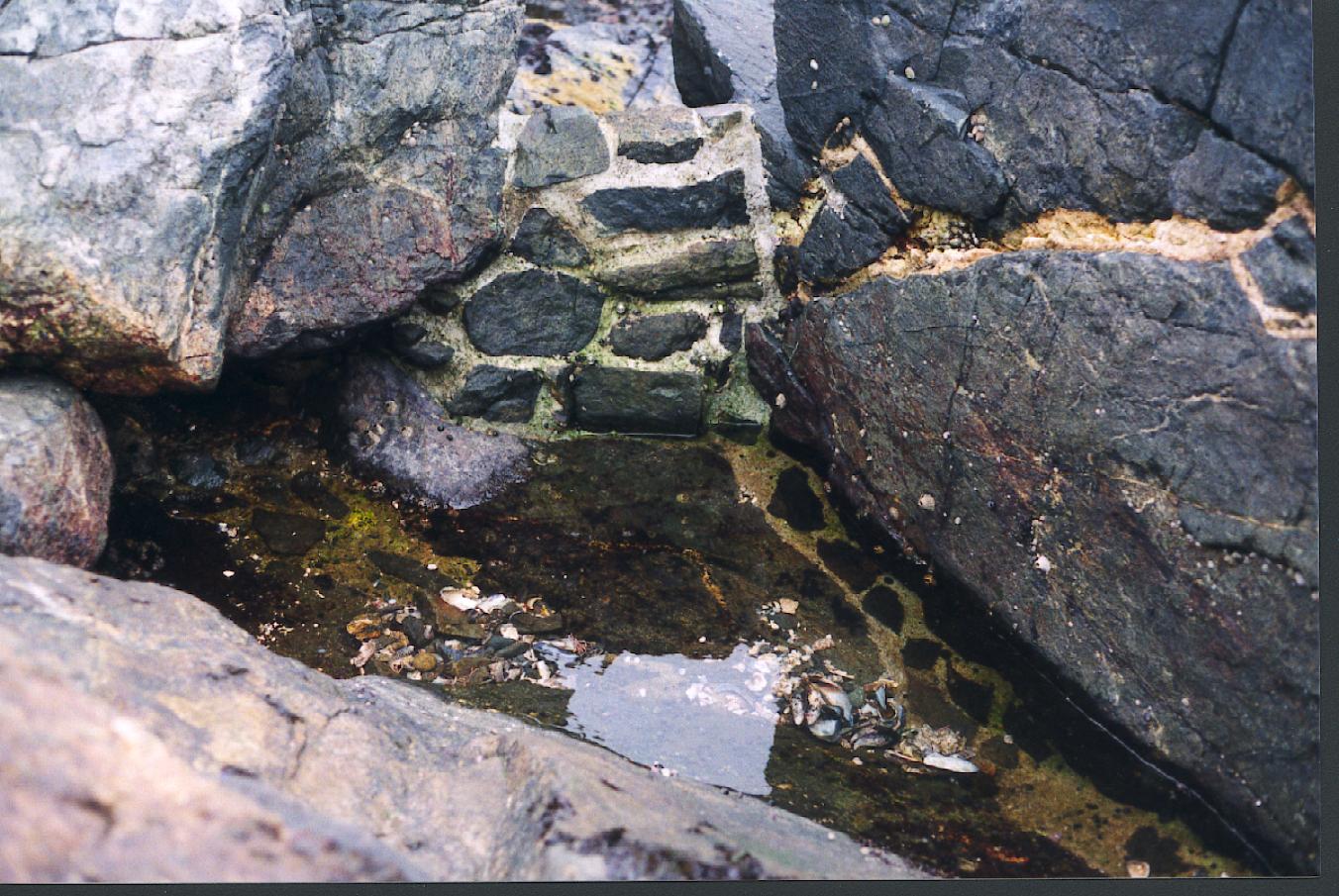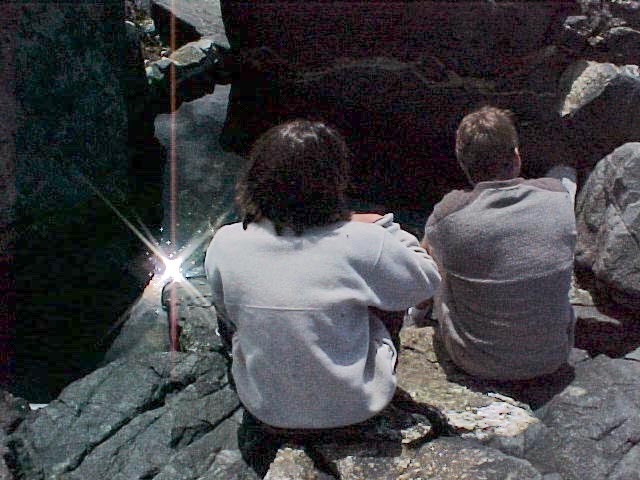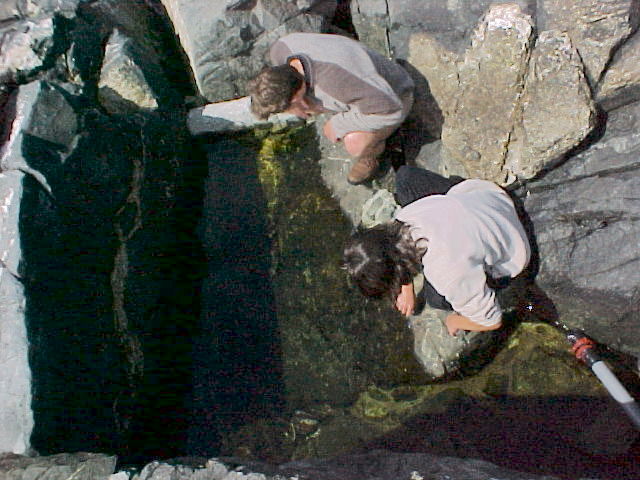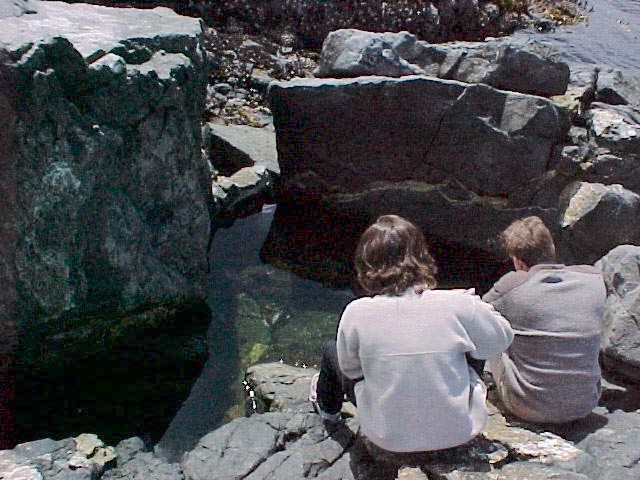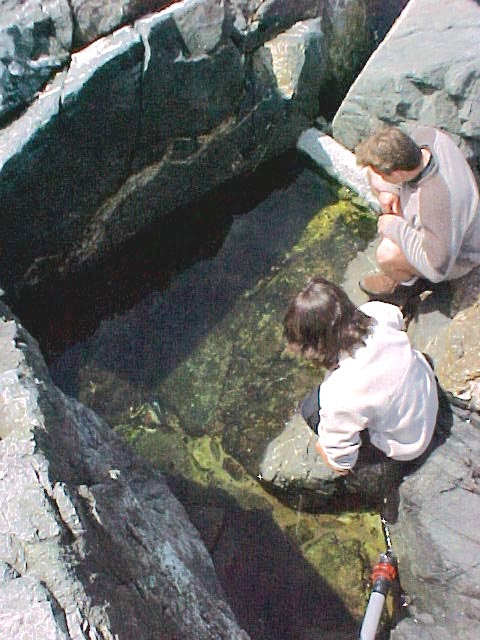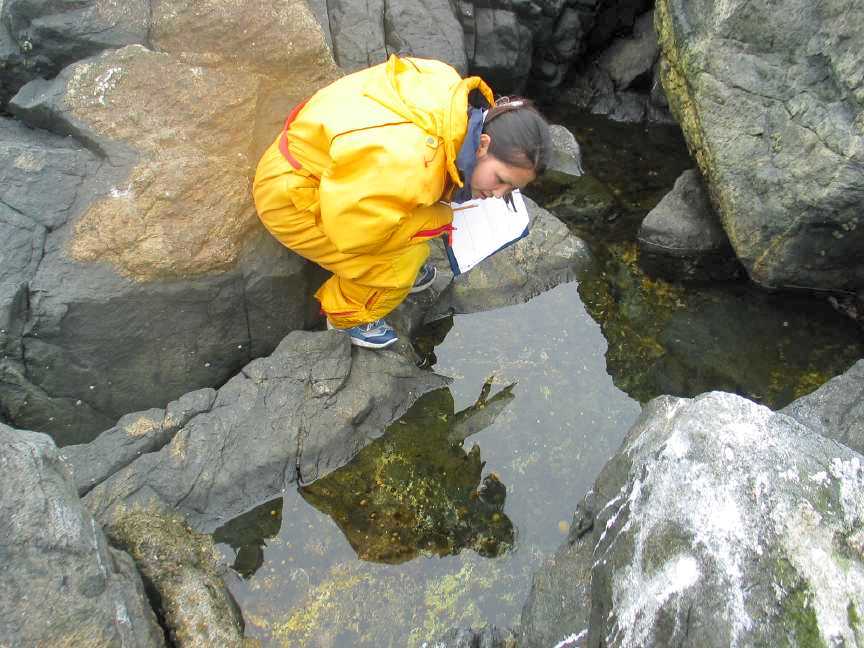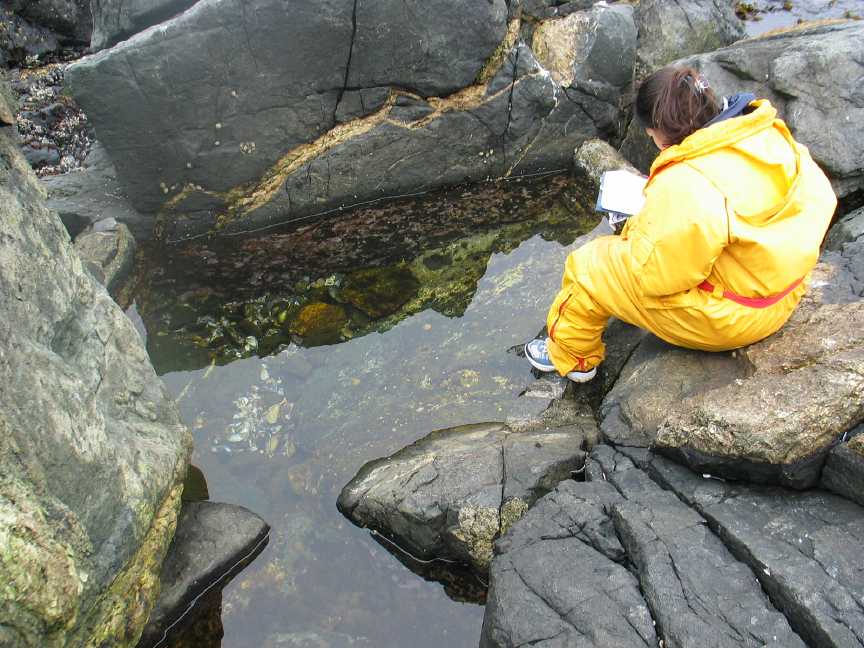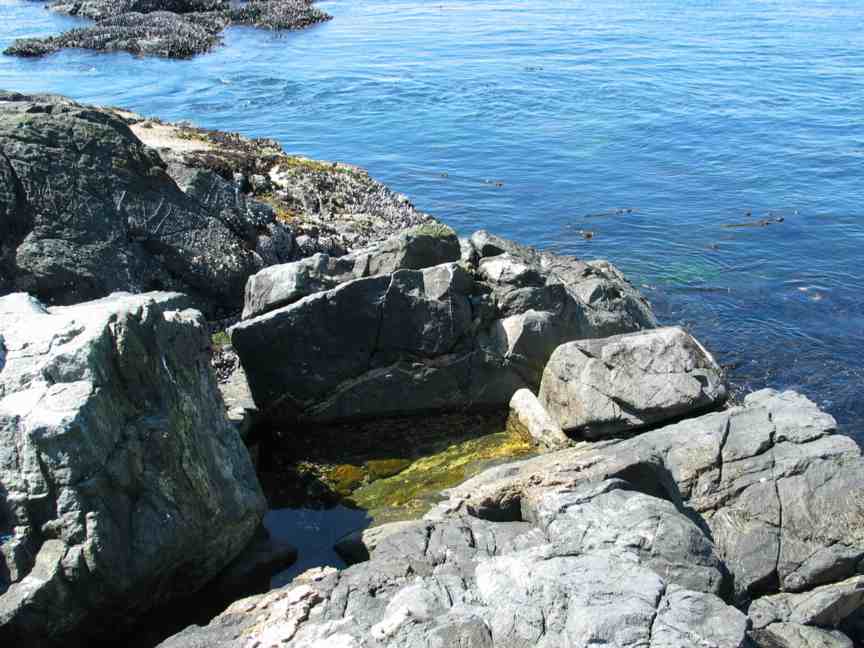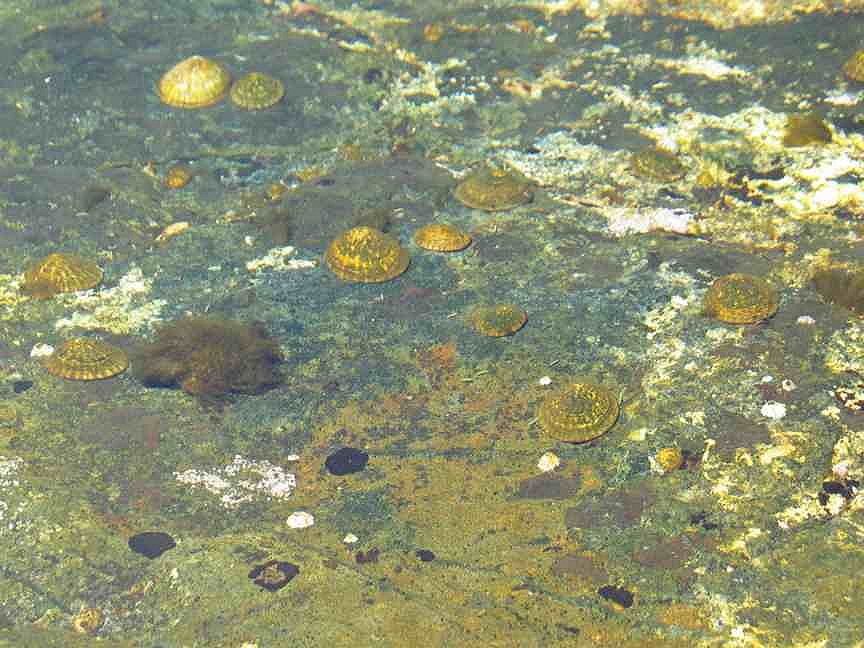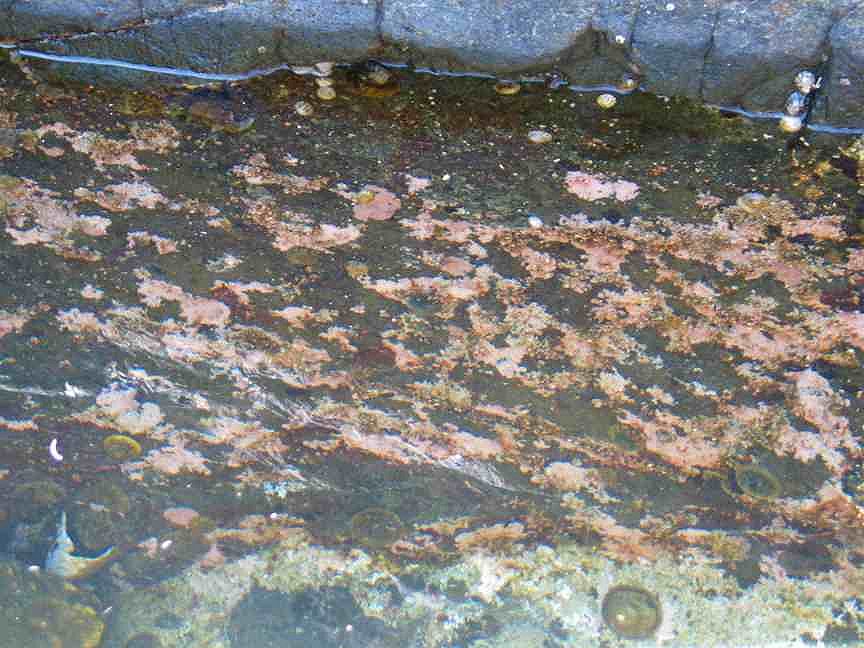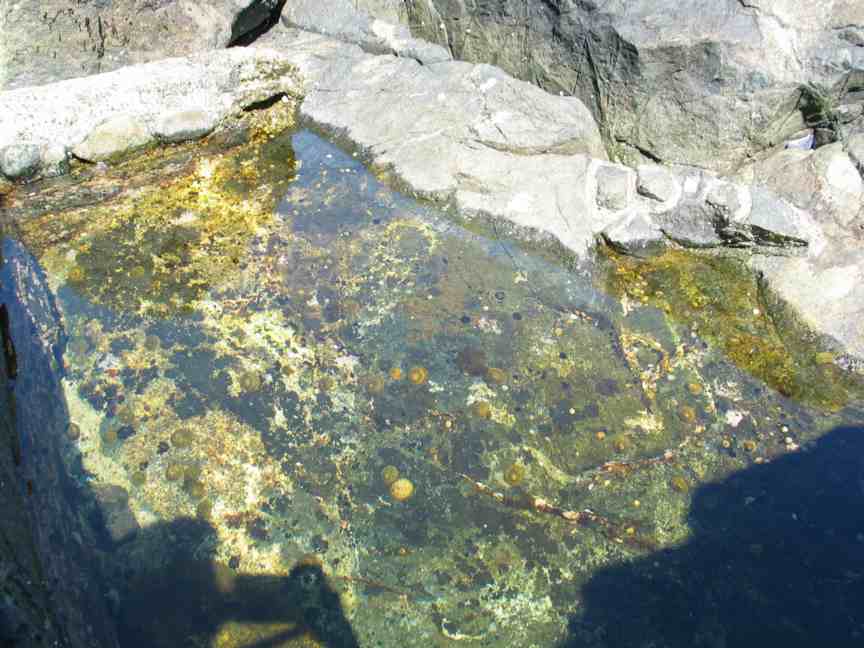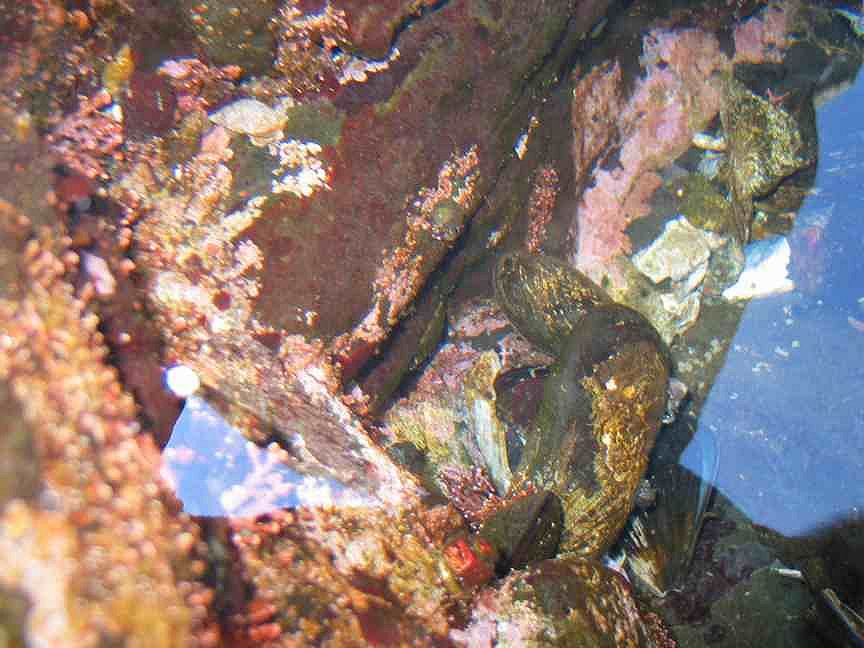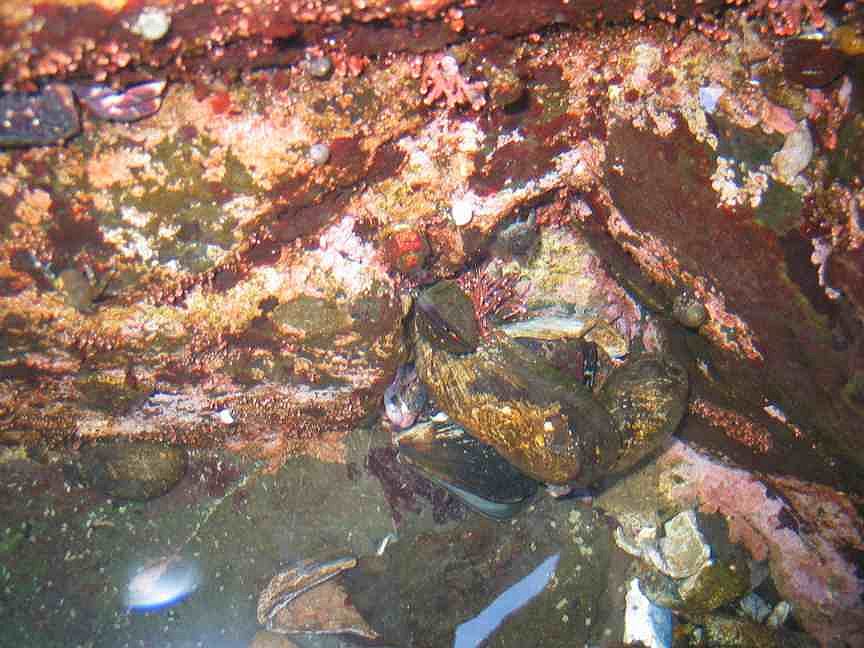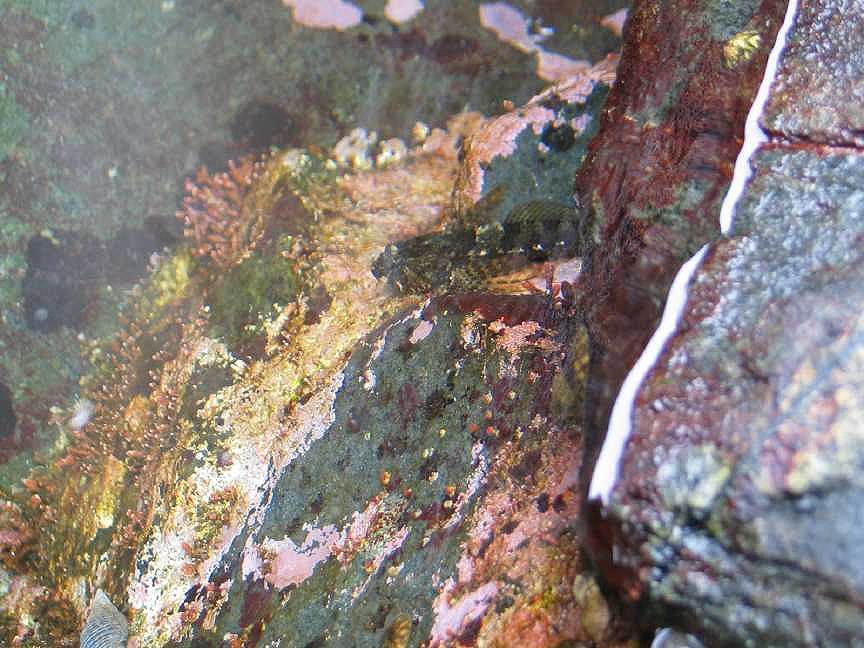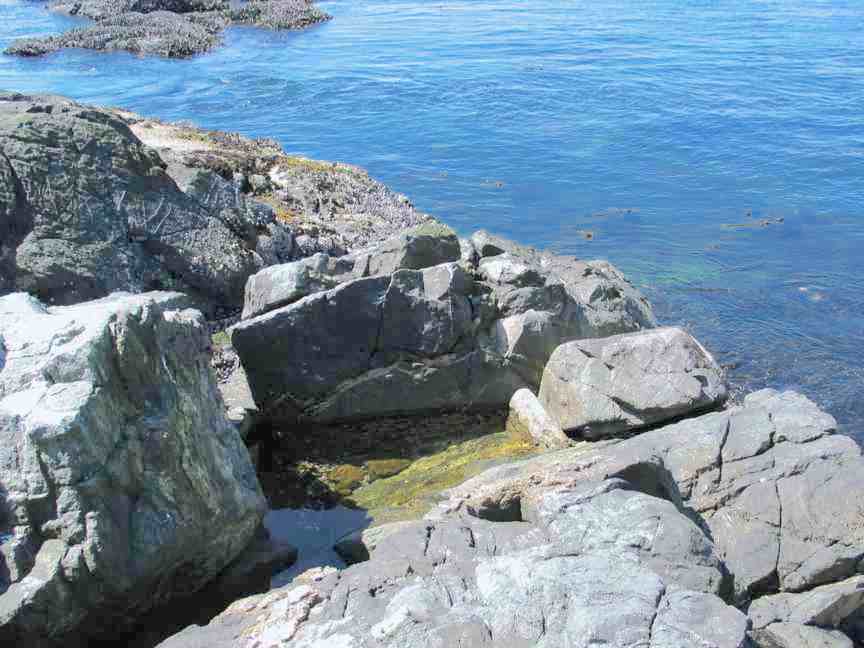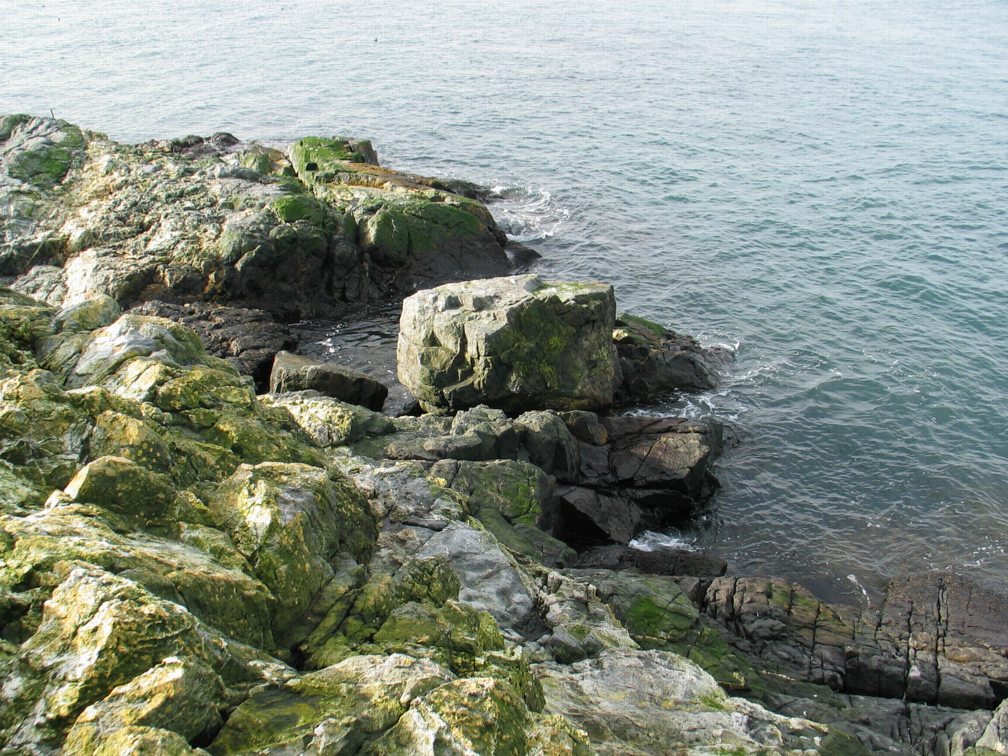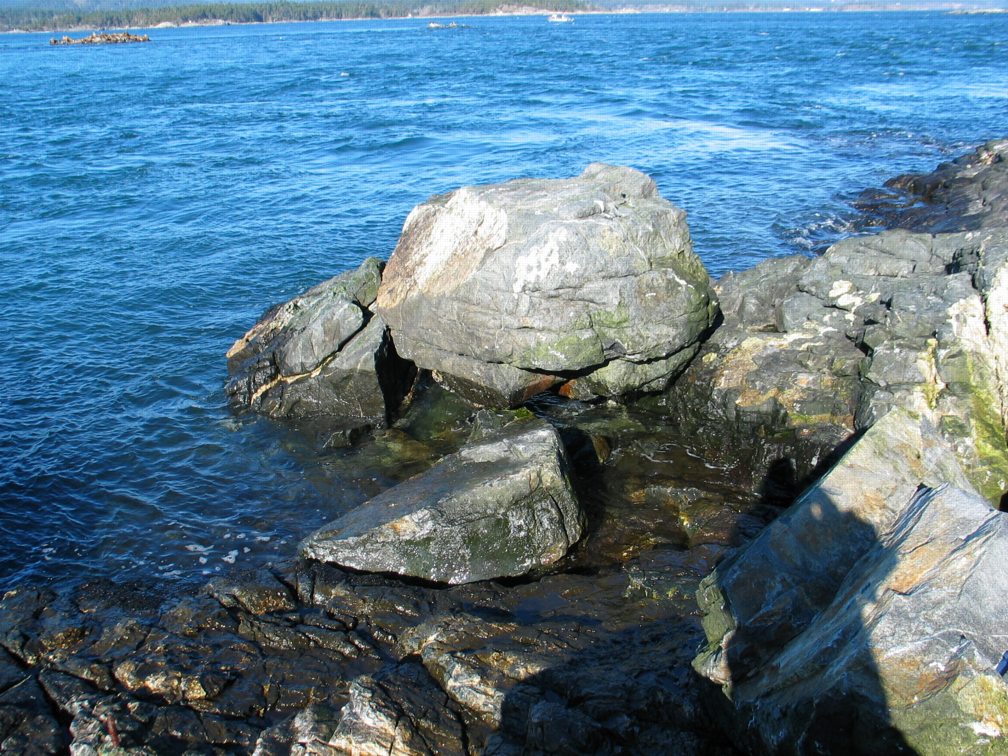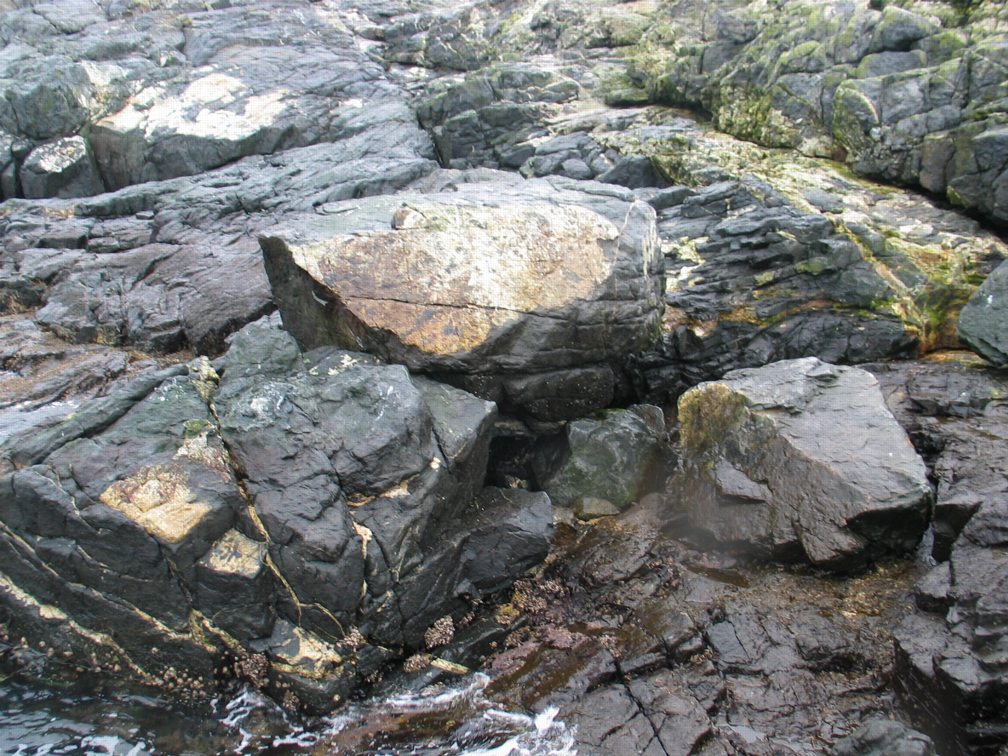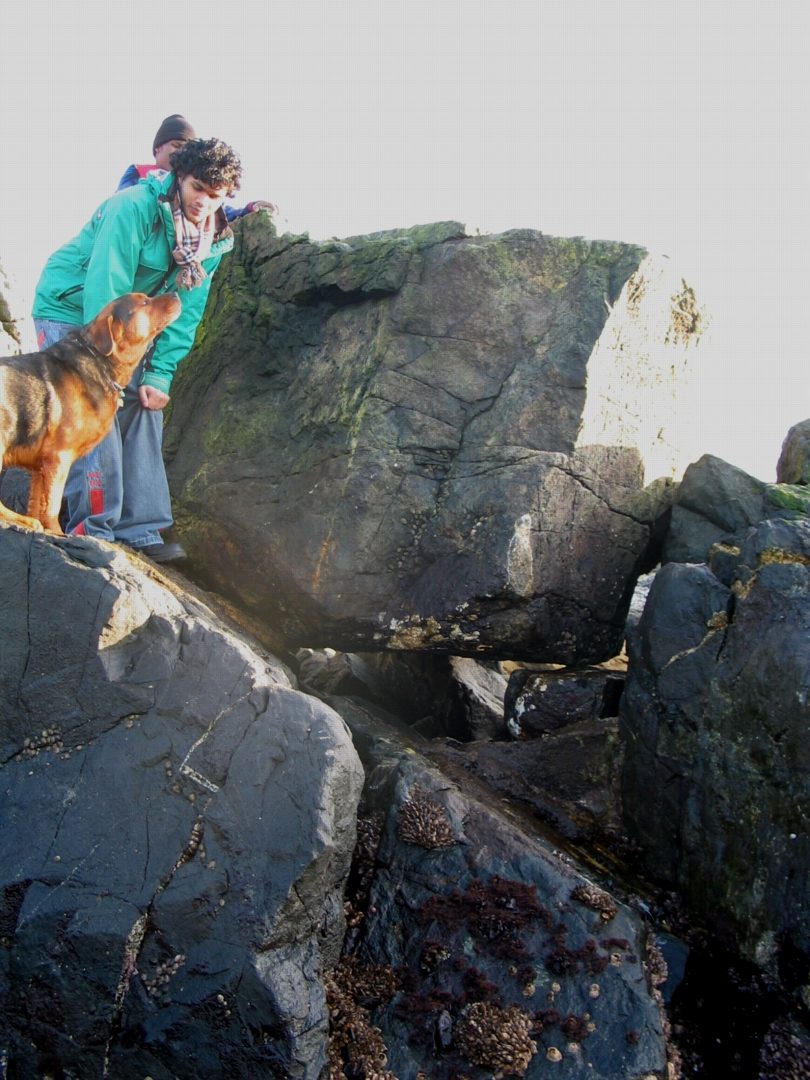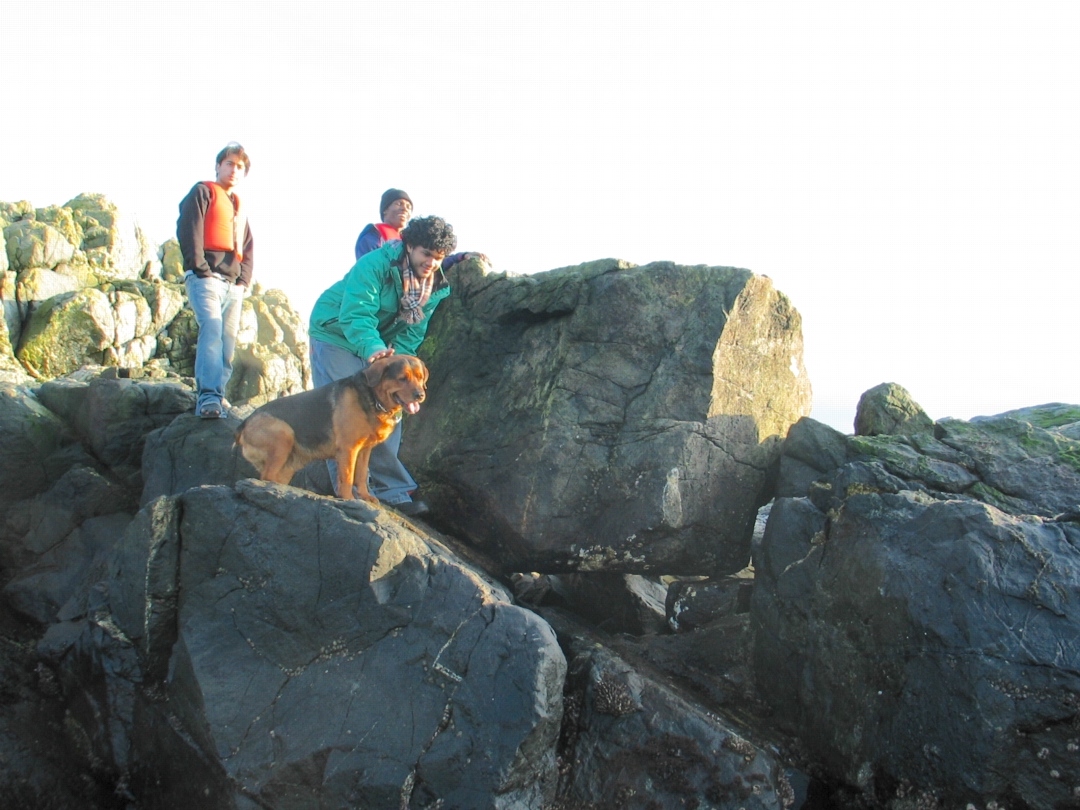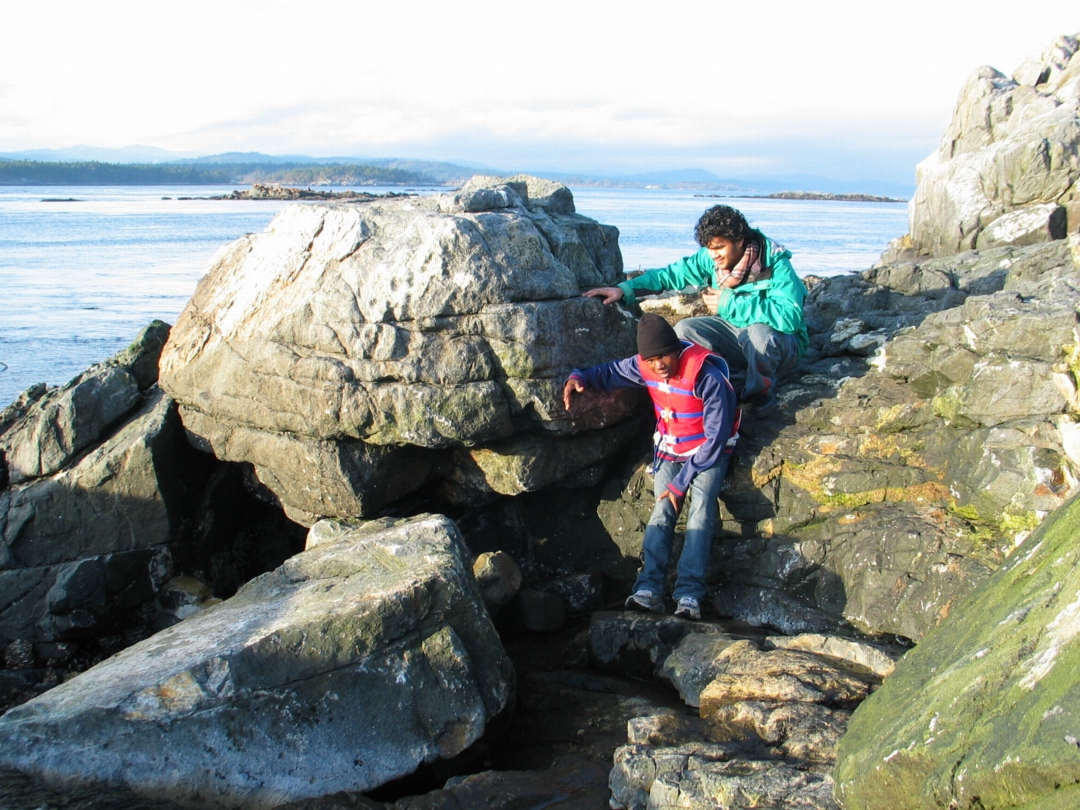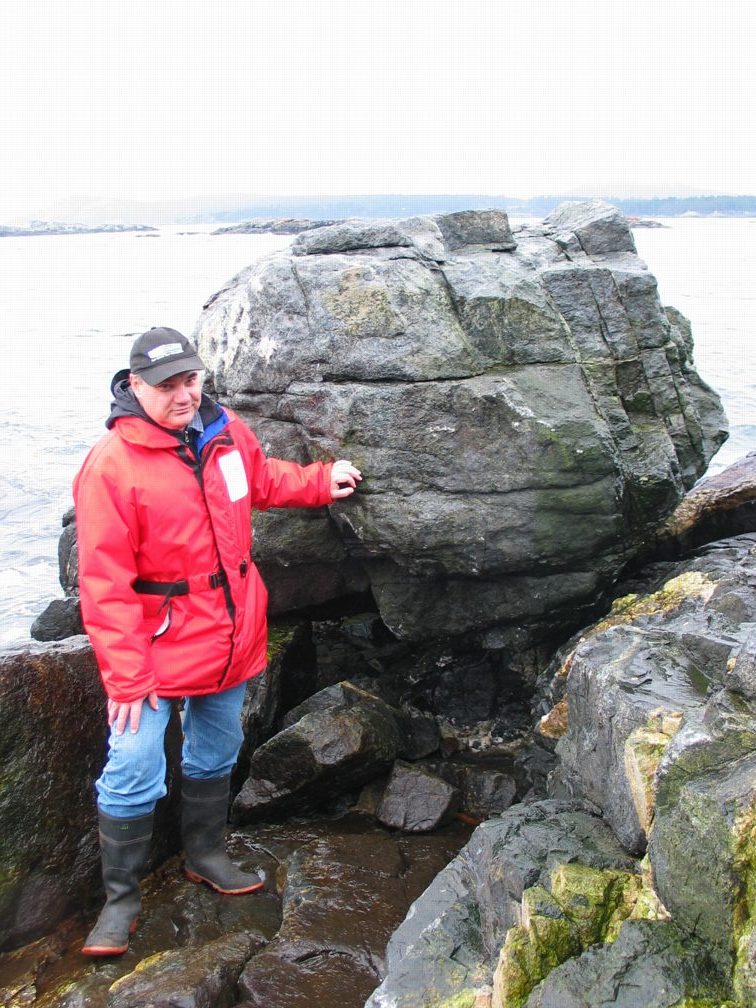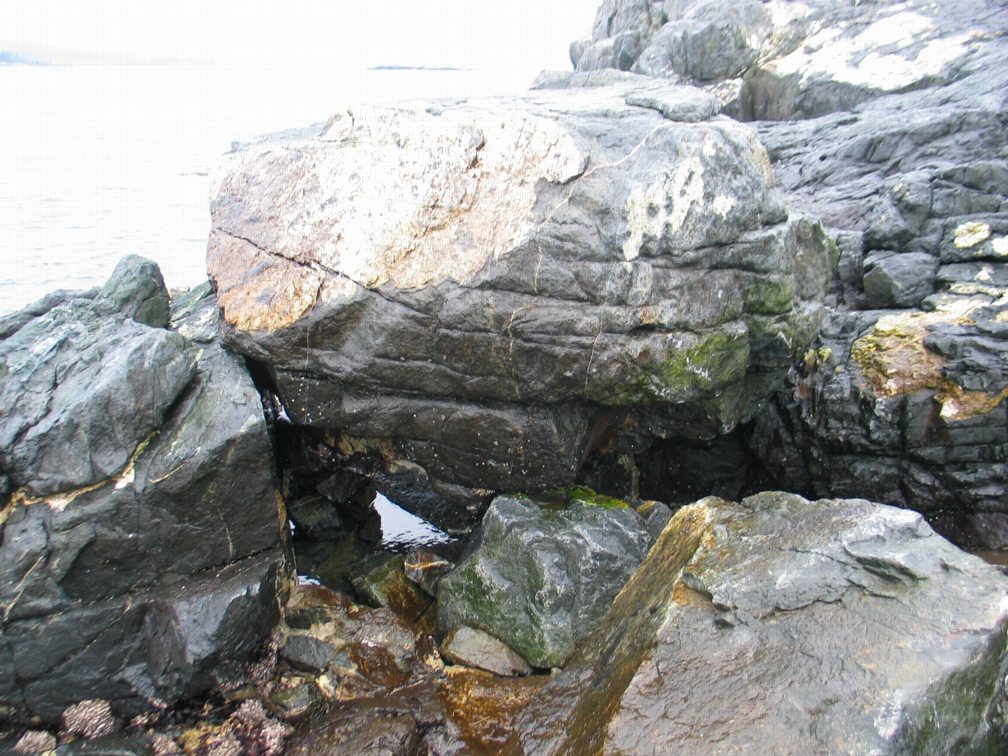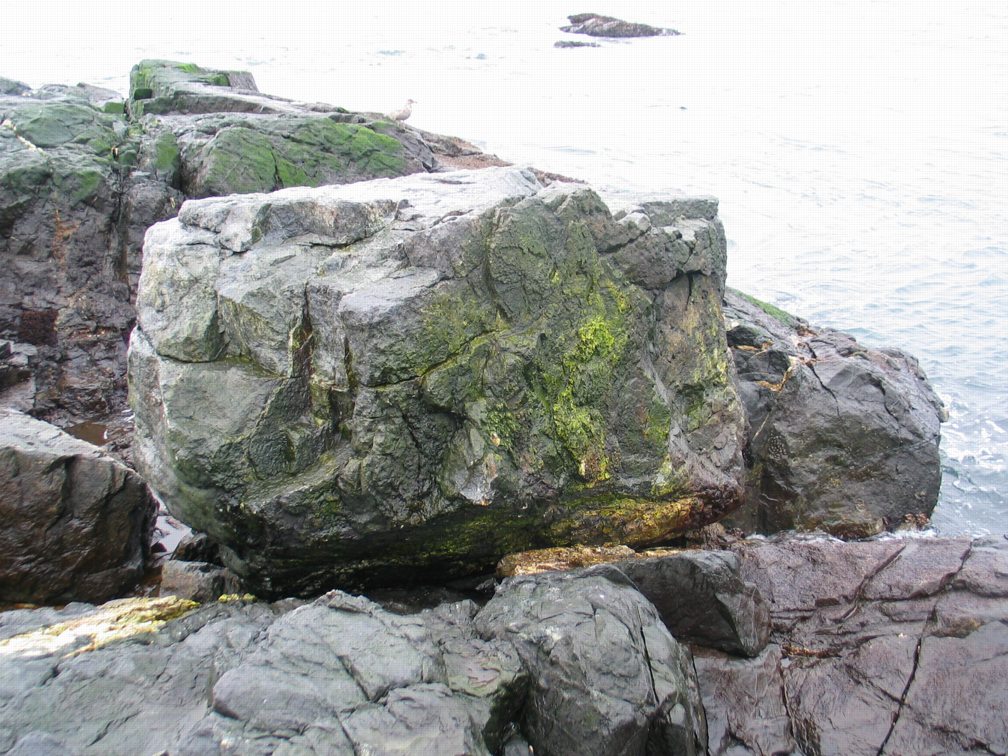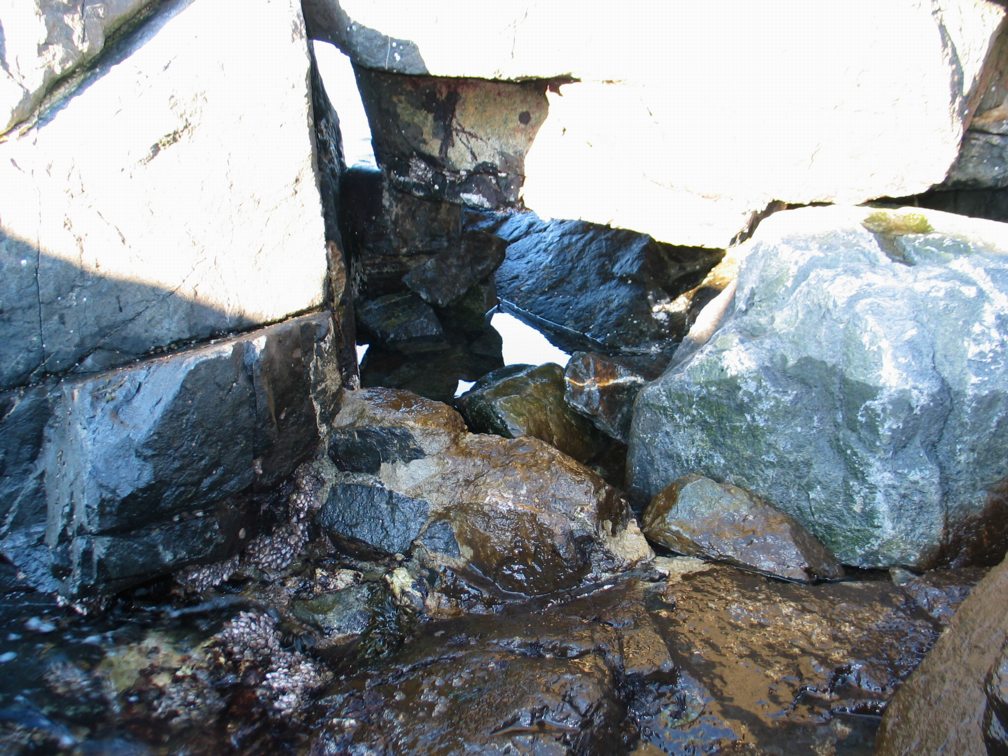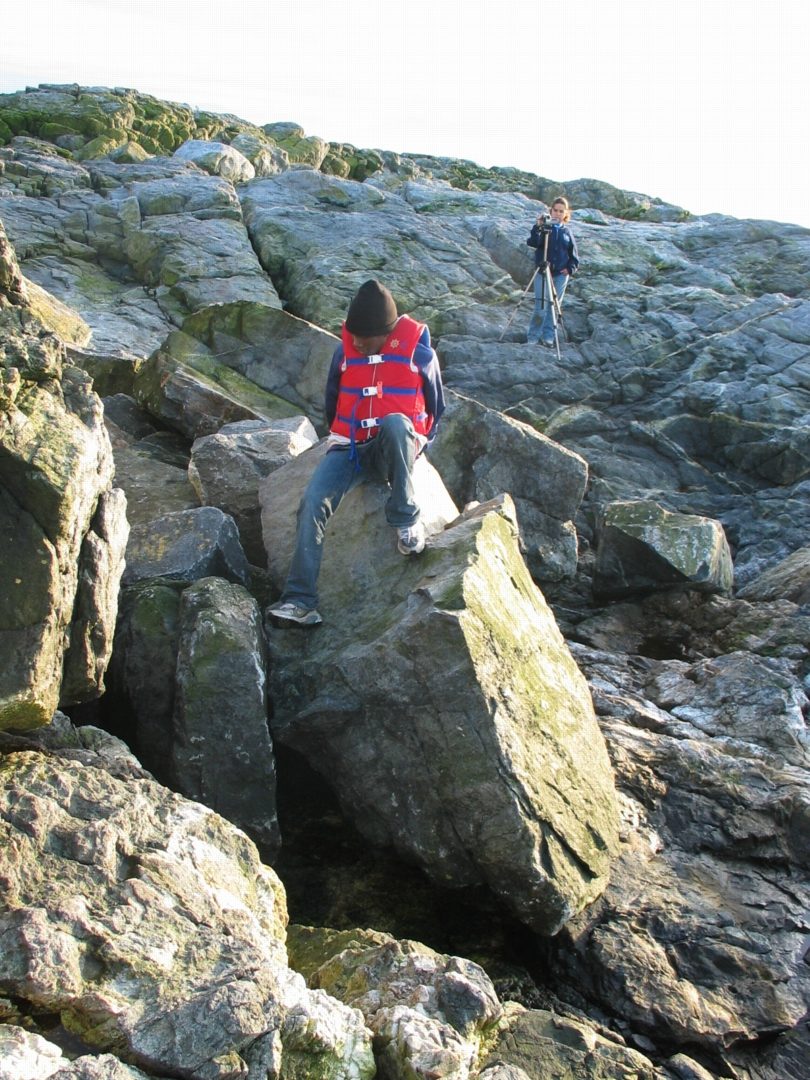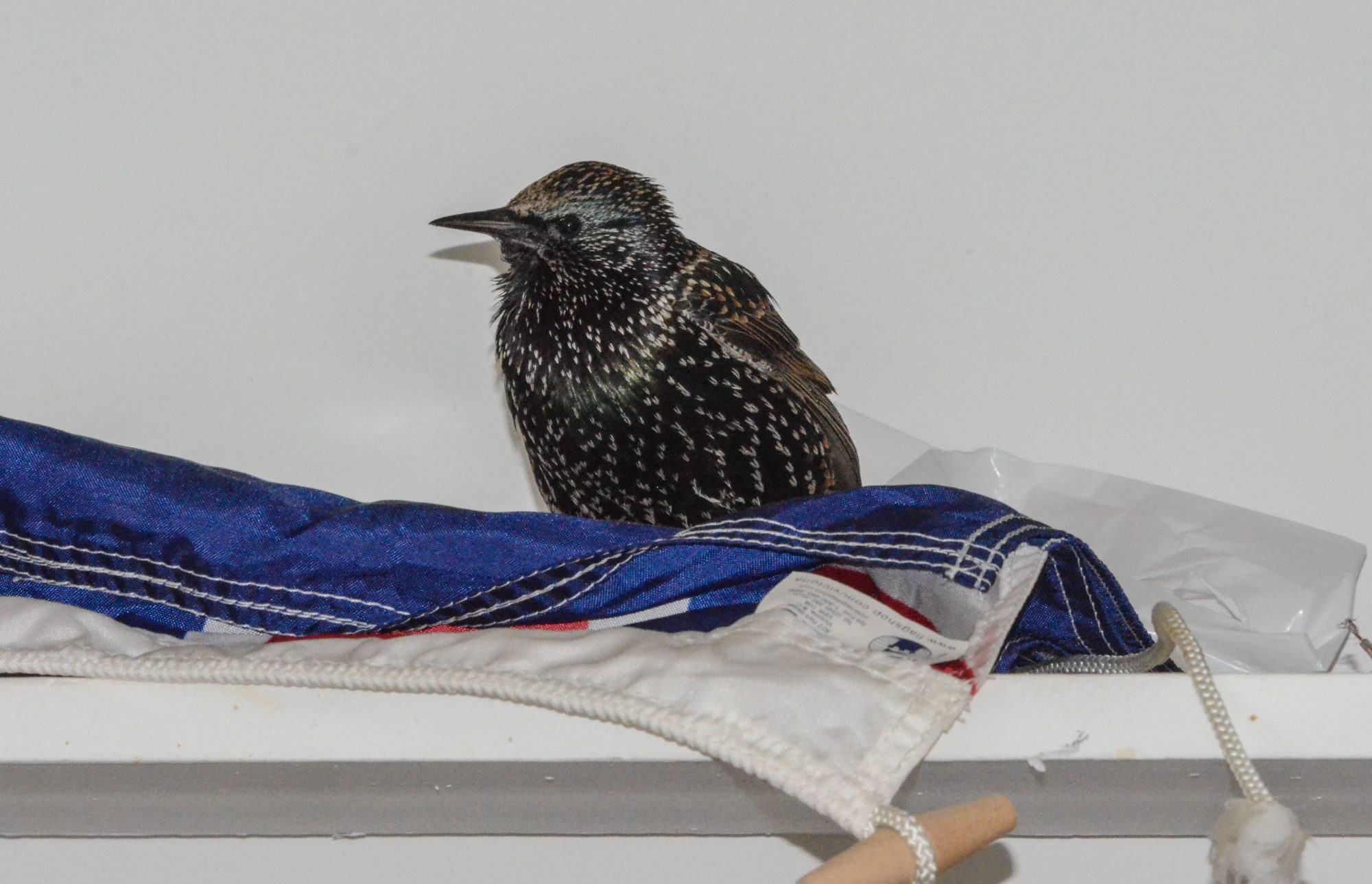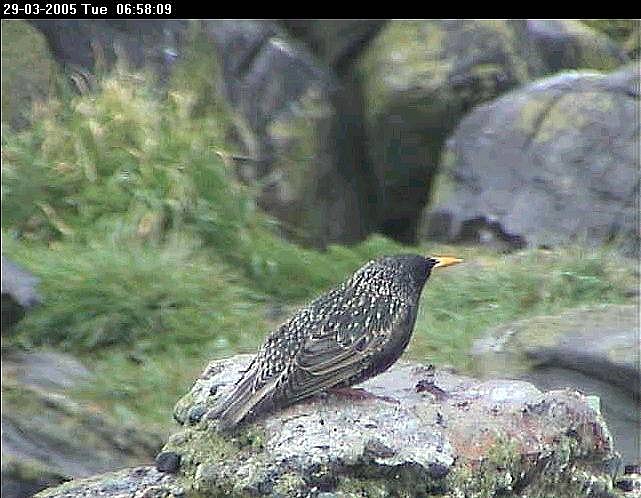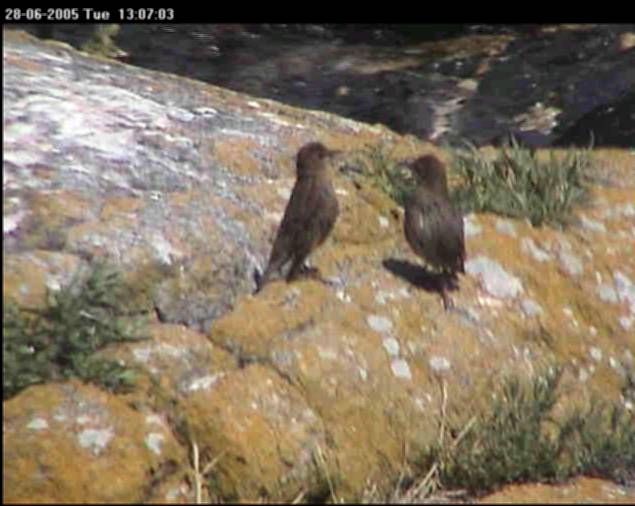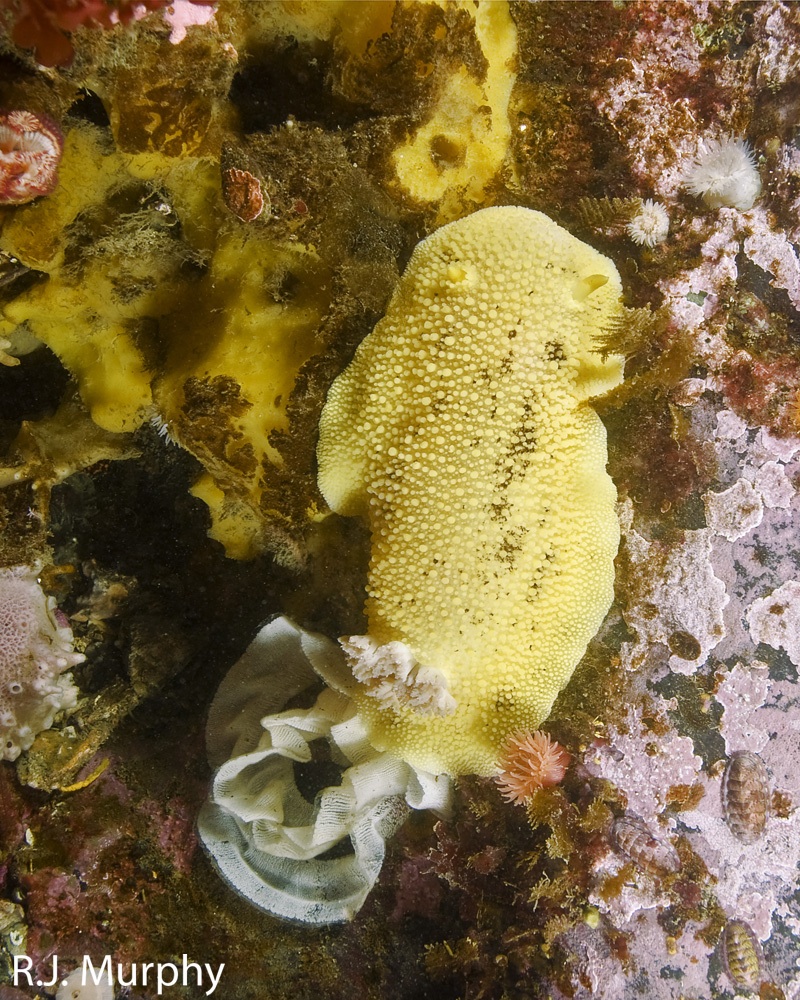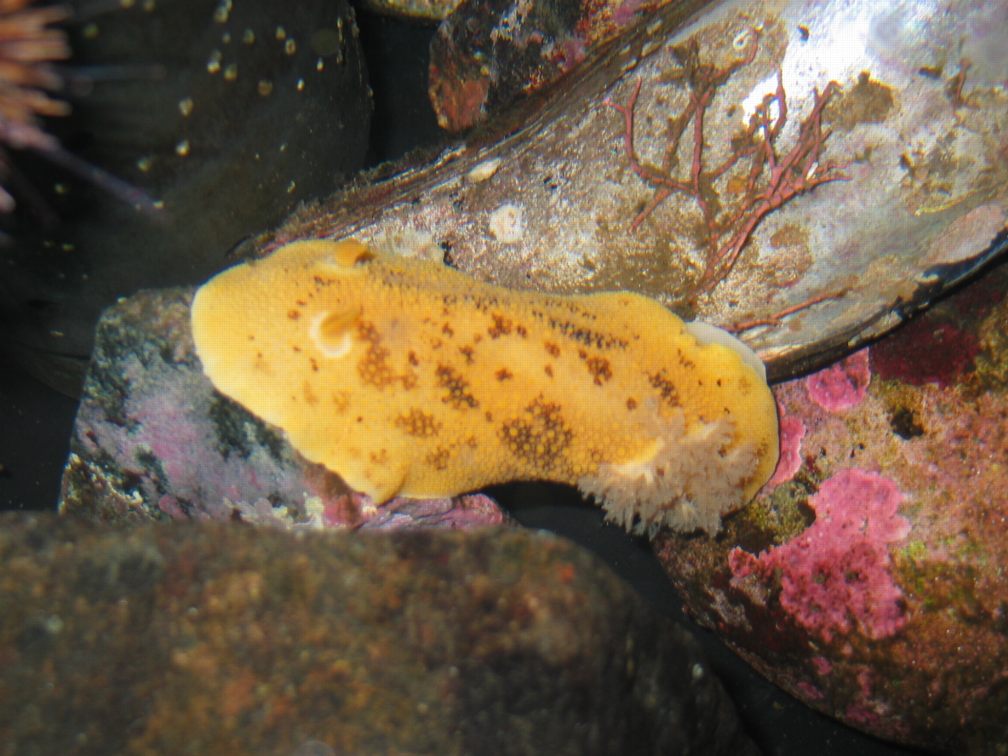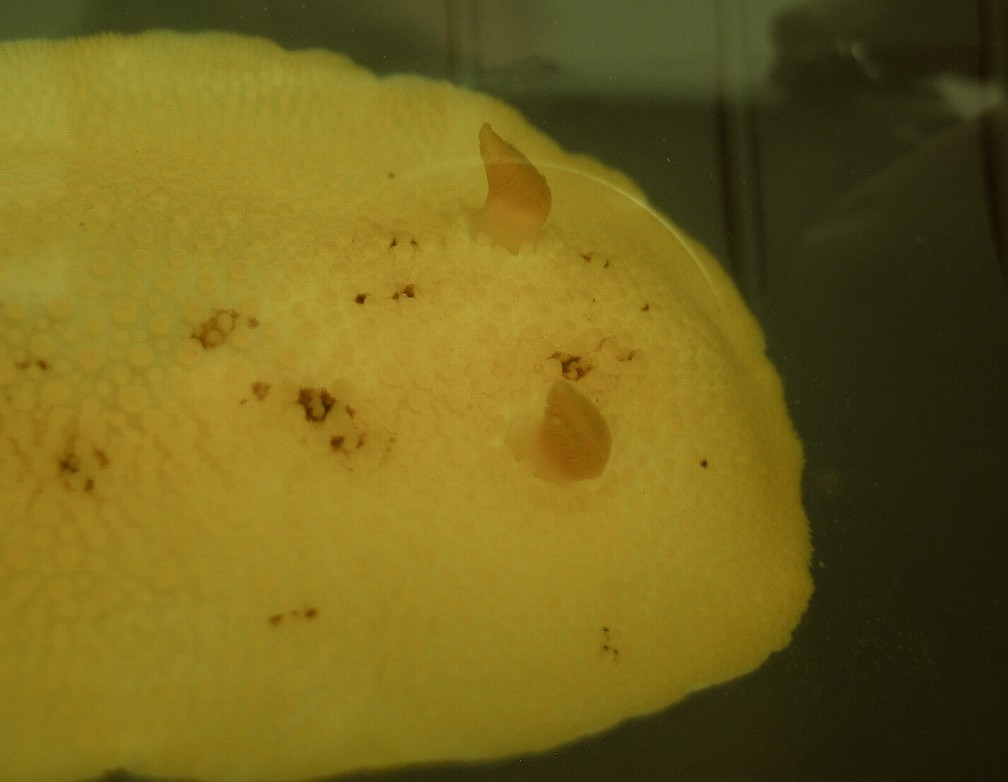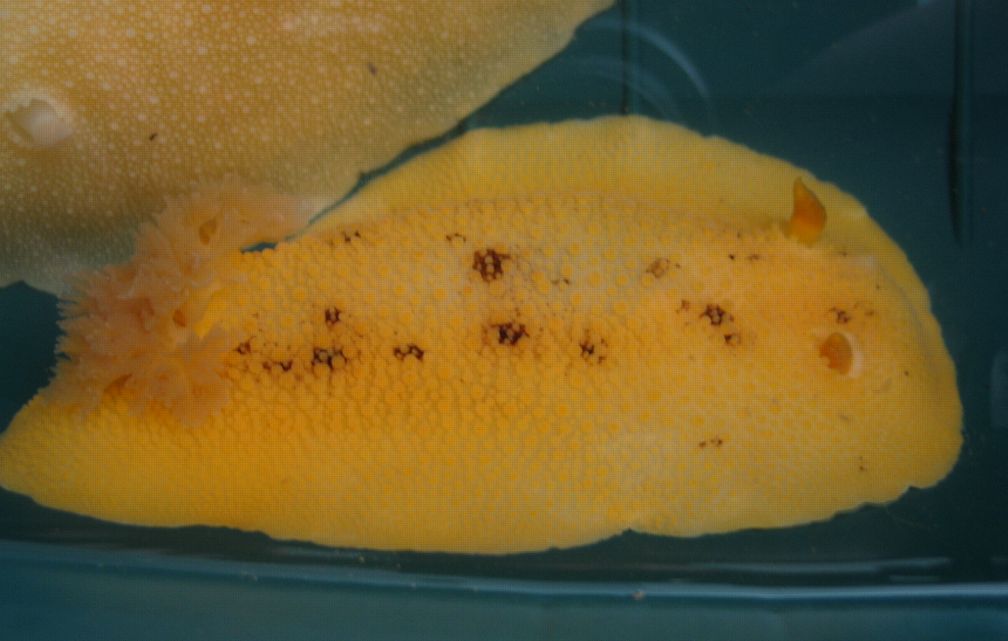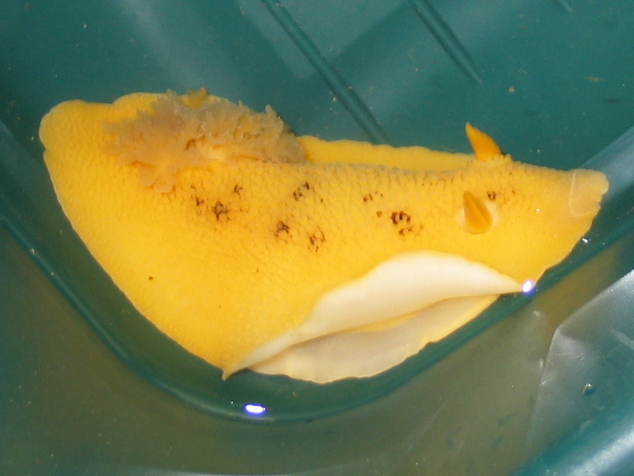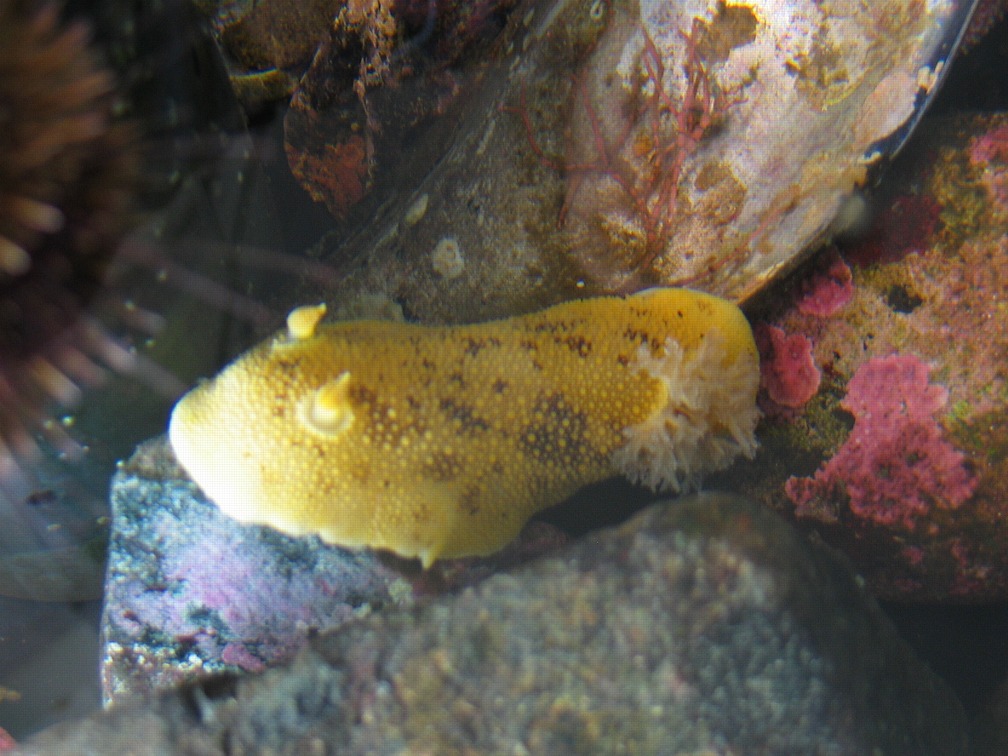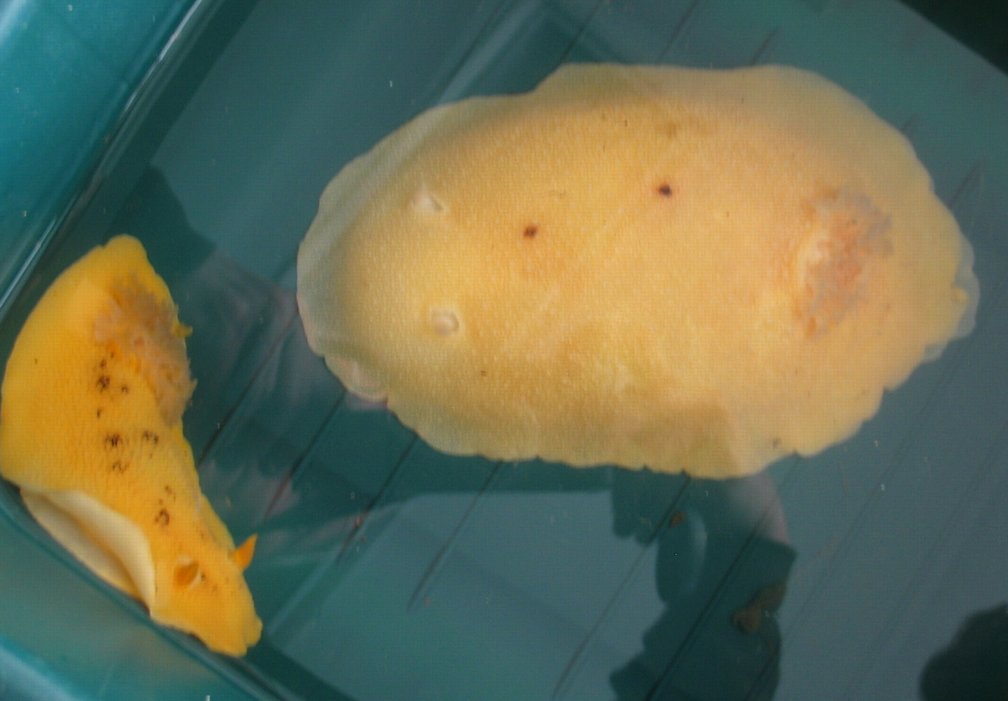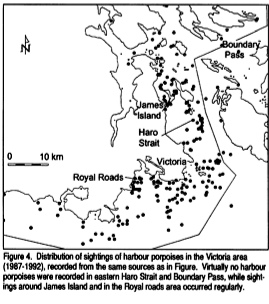I believe it was Mike Slater who named Misery, since he was a juvenile male elphant seal with an attitude. After being at the lightstation for many years Mike got to know which elephant seals gave him a rough time when he was trying to move about on the pathways. Misery turned up in about 2007. He was known to growl and advance toward one if they got too close, and this happened often since the elephant seals usually come onto the main island via the boat ramp. One has to take a light at night as they are often sprawled across the pathways, Going down to take seawater samples for salinity and temperature when the sample time is at night can prove to be a bit of a hazard. Misery’s behaviour was in stark contrast to that of Slash ,who was very docile after spending a year on the island recuperating from his collision with a boat in January of 2003.  The story of Misery took a strange twist in the spring of 2009. At the end of January he was seen by Ryan to be hanging around the helicopter pad with an unknown female ( later named Bertha!).
The story of Misery took a strange twist in the spring of 2009. At the end of January he was seen by Ryan to be hanging around the helicopter pad with an unknown female ( later named Bertha!).
When Bertha had a birth (Ninene) , Misery swung into action. He was relentless in his pursuit of the baby as he was being rejected in mating by the female Bertha. We believe that Bertha had been impregnated previously by Slash. This part of the story is told in the file on NInene. It shows video and images of the difficult beating she took from Misery. We are quite sure he was not the father, since in previous years it was Slash who seemed to be the male interacting with the females in January. When Ninene’s mother left the island, he kept attacking her relentlessly for several days andNinene was close to death.
was relentless in his pursuit of the baby as he was being rejected in mating by the female Bertha. We believe that Bertha had been impregnated previously by Slash. This part of the story is told in the file on NInene. It shows video and images of the difficult beating she took from Misery. We are quite sure he was not the father, since in previous years it was Slash who seemed to be the male interacting with the females in January. When Ninene’s mother left the island, he kept attacking her relentlessly for several days andNinene was close to death.  We believe she was saved only by Slash encountering Misery one night and giving him three sets of deep wounds on his back. From then on Misery stopped attacking the pup and when Slash moved back onto the island again, Misery departed.. Slash had been staying during the time of Ninene’s birth out on Middle Island with three other females. We believe that at least two of these had pups, one was photographed but probably because of the small space and exposed location, neither survived.
We believe she was saved only by Slash encountering Misery one night and giving him three sets of deep wounds on his back. From then on Misery stopped attacking the pup and when Slash moved back onto the island again, Misery departed.. Slash had been staying during the time of Ninene’s birth out on Middle Island with three other females. We believe that at least two of these had pups, one was photographed but probably because of the small space and exposed location, neither survived.
On February 7 of 2010, Ollie was born and in the second week he too became the object of aggression by Misery. Eventually, after three weeks, Ollie was dead and the bite marks on the back and the loud cries heard at night suggested that Misery was to blame.
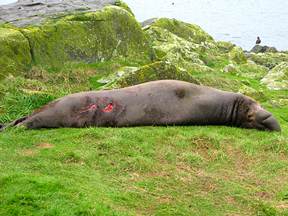 It turns out that the same behaviour was repeated in March of 2010 and Misery again sustained some more serious wounds.
It turns out that the same behaviour was repeated in March of 2010 and Misery again sustained some more serious wounds.
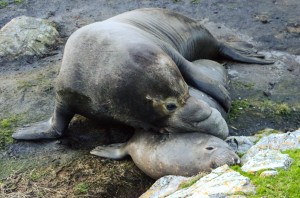 In February 2013, Bertha returned to the island but did not have a pup, the first time in four years. Misery however was there to mate with her, This post by Alex ipresents the images!
In February 2013, Bertha returned to the island but did not have a pup, the first time in four years. Misery however was there to mate with her, This post by Alex ipresents the images!
January 2014: we were expecting Misery back to harass the female elephant seals again as we come into breeding season. However, we have not seen Misery since he was seen sparring with Chunk back earlier in July 2013. His role has now been taken over by Chunk.
See all the postings on Misery in the Race Rocks log

